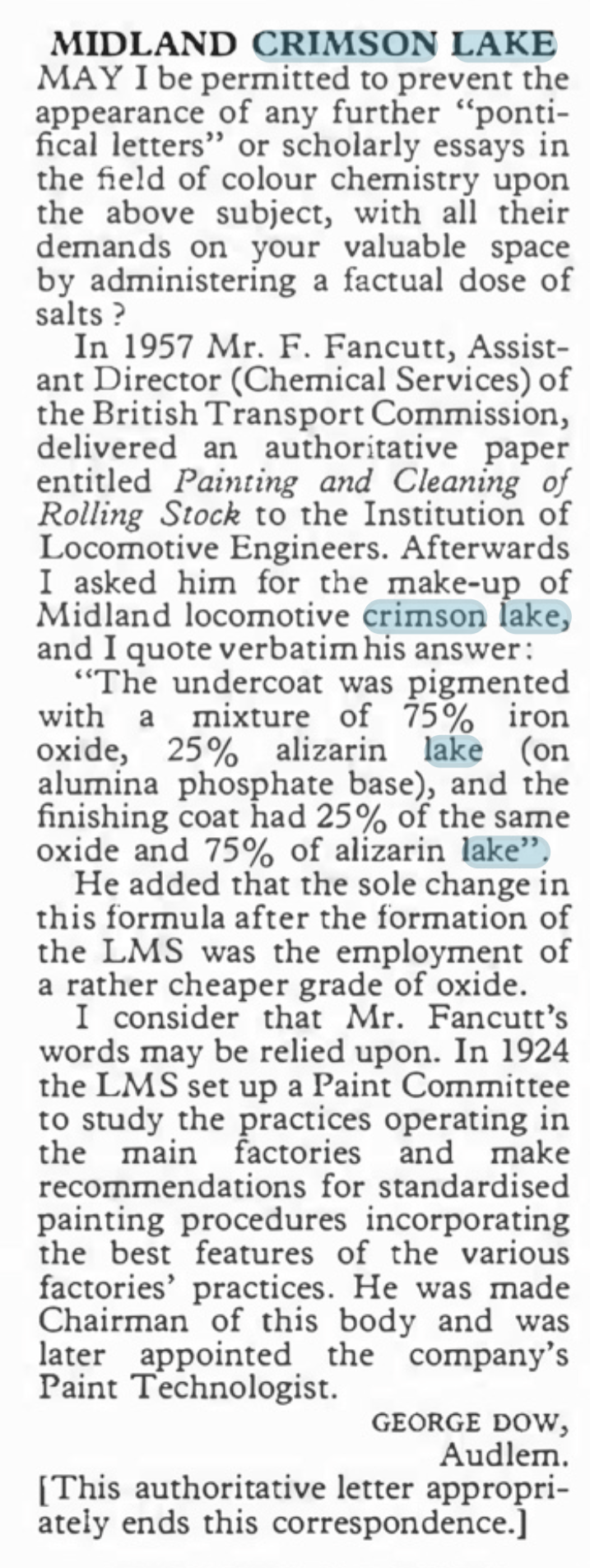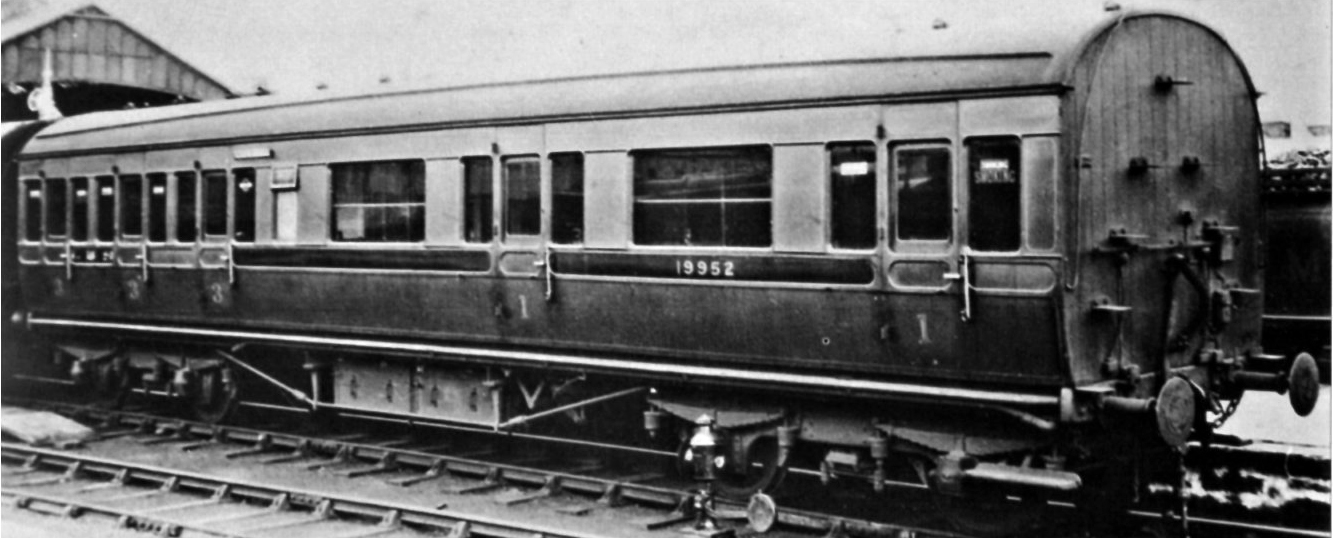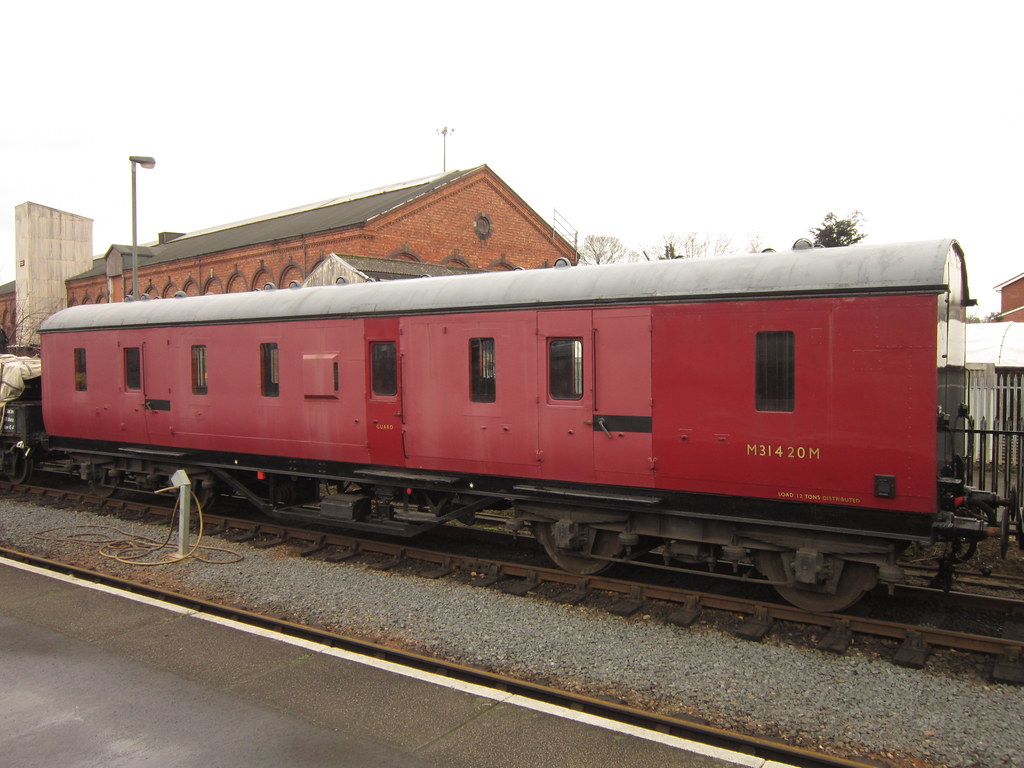The Colour Red – or the Quest for LMS Crimson Lake
A topic that comes around from time to time, including to my lips, is what colour exactly is Crimson Lake? I thought that my analysis and that of others that have contributed to the discussions were worth sharing more widely; so here goes……….
The Historical Context
The first good insight I have is from George Dow who was a prolific author of the 1960s and 1970s, including on liveries who wrote in the Railway Modeller in 1973:

However authorative this is, fifty years later, with the change from natural to synthetic pigments this is not of great help. Also B&Q do not stock alizarin lake last time I looked as it is a pigment produced from a complicated processing of a vegetable and is probably fairly inconsistant anyway. https://www.winsornewton.com/row/articles/colours/spotlight-on-ruby-madder-alizarin/).
The Problem With Reds
Many years ago, when I was still in my shorts, I worked in a printing ink manufacturering business and red was one of our bugbears. This was for three reasons; as a colour it is less opaque than many colours so were prone to poor coverage, it is also prone to fading and like all paints, it is affected by the surface treatments, in our case varnishes. All of these issues affect how Crimson Lake appears on both the prototype and our models.

A Caledonian diagram 106 non-corridor composite shortly after being renumbered to 19952. This appears to have been acheived by painting over the predecessor number and then the application of the fresh number and then varnishing. The patches that have been so treated stare at you somewhat and ilustrate how the paint and lustre deteriorate! Photo by H.R. Norman ref 6081 and now in the NRM

Its still a problem now too as this diagram 2171 full brake at Kidderminister shows. Photo SVR Enthusiast via Flickr

Both of these coaches have been painted in the same top coat, Precision Paints LMS Crimson Lake. The top coach, the clerstorey, followed the paint sequence noted by George Dow above – a first undercoat of LMS wagon grey, followed in turn by 75% grey, 25% crimson; 50% each; 25% grey, 75% crimson and finally 100% crimson. On the lower coach, the crimson was neat and painted over an undercoat of LNER bauxite. Both were painted at the same time, in otherwise the same manner and in both cases they were varnished but not weathered. The difference is startling! Photo and models by John Hastings Thompson.
Does Colour Scale
Like weight, I am not convinced that colour scales or perhaps it does but given that our models are smaller than the prototype it is more heavily heavily by contrast. I am sure we all know about the optical illusion causing the viewer to read differnt colours of the same sample by virtue of the background – is this happening to us as we perceive the colour of a model? Try the sampel from the Exploratoium below:

The presence of lining is also a major influence of the feel of the colour. The gold and black of the LMS seems to add a bit of sparkle and depth of colour to the red.
It was a Long Time Ago
We must also remember that the last LMS crimson lake locomotive or coach will have been repainted seventy years ago and even the last BR maroon loco was withdrawn sixty years ago (plus there is the argument as to whether they realy were the same colour as well!). Whose memory of colour is good enough to survive this long? Even photographs from this era as a whole cannot be relied upon due to the variability of colour rendition, the nature of the light that the subject was recorded in or the level of contrast with its surrounding – none of these issues have gone away with modern digital photographs!
I for one have never seen either original colour and my view of what crimson lake is being based on the preserved locomotives that I have seen over my life. Have the preservationist got it right? Maybe they are better informed than you or but if this was true, why is there so much variation in the colour from the ready to run manufacturers or even the paint manufactuers?
However, whether they are right or not, the preservation scene has set my expectation of what the right colour is and I suspect the same would be true for all of us. Whilst I hate making modelling decisions on any history which is not real, I have reached the conclusion that the right colour for me is one that matches what I have seen in the UK preservation scene.
Where does this leave us?
Possibly the first conclusion is that there are a wide variety of reds that we can safely consider to be correct for Crimson Lake – phew, because when I look at my models I do have variences!
The second conclusion is not only is some inconsistancy acceptable, it is actually essential because red faded so noticeably. I am less convinced that the changing of hues seen across some colours but a toning down of the colour and tinging to a more matt colour is definitely prototypical.
In my personal quest for a colour I have been through multiple agonies to get the right colour. Thirty years ago, it was Precision Paints Crimson Lake but this seemed (to me anyway) change and become too purple over time. I then used Rover Damesk Red from a rattle can but found this too uncontrolable or, if I held it further from the model prone to to giving the orange peel effect. I was then put on to the solution to all our colour problems by Jim Smellie (of Caley Coaches).
This suggestion was to use the colour that the preservation industry generally use to source paint for the 12 inch to the foot models. This comes from Craftsmaster paint who have a series of specialist railway colours for most of the colours that we will wish to use. I use a numberof their colours including Crimson Lake. I have yet to adulterate this but i do intend to let it down with some white to imitate fading – hopefully this will not send me down another quest for the right faded Crimson Lake!

Posted on February 4, 2024, in Uncategorized and tagged Coach, coaches, colour, Crimson Lake, LMS, LMS Crimson Lake, Loco, Locomotive, Model Railway, Model Trains, Painting, Railway Colour. Bookmark the permalink. 17 Comments.
In the comparison of two models, you have different vehicles with different colour roofs. Although there would still be a difference between the two approaches, you really need to apply them to otherwise identical vehicles, to provide for a properly controlled comparison.
Maybe but these were really to illustrate the point.
It takes a bit too long to make the base models to really spend time dealing with control samples!
Do you agonise too much? As a North Eastern man I was enraged to see the colours that Beamish Museum had used in their depiction of NER building livery, cream and a sort of horrible s**t brown rather than the glorious Indian Red that it was. They also put green glass in the signals instead of blue. Ugh!
They are very beautiful coach models and as you say the colour is not permanent, so that just makes them even more realistic!
>
Maybe but even in my own collection of models (and slightly contrary to what I have said) there are some that jarr next to each other. A tad of weathering brings these together.
The difficulty is that we make models to transport ourselves back to the time that we are trying to model. There are already huge compromises everywhere in these as it is but adding more regarding colour is just another step in the journey to disbelief!
Thank you Mark , A great wee article.
Have been down the same road over the last 30 years with HR green. You know, BLMC tundra/ various FS BS numbers, over grey /red oxide primers etc . Finally console myself with ” It’s my retina ,it’s aging so it’s a green.”
Regards Ian
I did wonder about doing a separate article on Highland green as I find yours too pale.
But like you, I have reached the conclusion that its my retina!!
I also understand from Mrs Highland Miscellany there is significant body of opinion that we each process colour quite differently anyway……………….but that is another rabbit hole to go down!
Mark
Excellent post and thanks for the mention.
I attach another example of patch painting during renumbering this time of an ex-CR D122A corridor brake (photo H.R. Norman, probably 1935, L&GRP 6083/NRM). The panel between the two set of van doors has been painted to obliterate the 1st LMS number (19115) as has I think, the very right hand panel with the new number (6562) being added in-board of this. I draw your attention to this photo more because of the insignia placement rather than anything else. The LMS branding has been left untouched as near to the coach centre as possible as would have been ‘correct’ for the early LMS painting scheme but not for the post-renumbering one where it should have been placed towards the left hand end. Were you to produce a model liveried like I think you would have hard time convincing some people it was correct without the photo. I am aware of at least one other photo showing this insignia arrangement on an ex-CR D107 coach.
Jim
I totally agree Mark. Time, distance, weather, scaling all affect the perception of colour. And, unless it’s glaringly wrong, who knows anyway?
Richard
As one labelled colour blind by RAF Aircrew Selection, I hesitate to comment, but feel that there are other factors: 1. George Dow’s letter does not say what the lecture actually said: cleaning methods must have an effect. When locos were wiped down with an oily rag, they would not be entirely compatible with carriages. 2. Wooden bodied coaches and NPCS would appear slightly different from steel clad. 3. Probably ex GWR coaches (if I dare mention them) with cream upper panels appeared different from LNWR/WCJS off white. Don Massey
Sent from Mail for Windows
hello, I attempted to post the following comment but could not do so: Most interesting thank you. I take it that the full brake at the end of your post is painted with the Craftsman enamel but you do not say what lies under the top coat. Please can you let us know. Incidentally, my latest tin of Precision P30 is labelled ‘Crimson Lake (LMS, GCR & NER). Charlie Weir
>
Hi Charlie,
Yes it is painted with Craftsman LMS Crimson Lake; over a red oxide undercoat.
I should have mentioned (and will go back and edit the post) that Craftsman paint’s minimum tin is 500ml. This does mean that you buy one tin to last your present lifetime and the next!
The paint is very good quality too, it has a good colour opacity so is less of a challenge than other paints.
Mark
A well balanced and informed article…my own journey into this topic was via “wagon Bauxite”. Photographs from the 50’s and 60’s – even allowing for age and reproduction related issues – show such a variety of shades that I found I moved away from the idea of a “right” colour to recreating an acceptable variance in a rake of wagons, or on a single wagon. Keep up the good work 👍
This all sounds like the ‘Rivet Counters’, we do strive to be correct, but colours do change with age and light conditions, they even change while drying!
Most of us today, never saw the actual colour when newly applied, even for BR stock, the Preservationist probably have the best records, even photographs fade, so what looks right on our models in our minds is going to be , what satisfies, unless you want to do a repaint?
Hello again,
I seem to remember that at least 1 coach 6 or 7 in your “coming soon” list on your website was to be a HR bogie composite? Is that correct? If it is or even if it’s another HR coach I would like to pre-order 2 of them. Perhaps you could put more details on your website or blog?
Thanks & regards,
William Jenkins
Hi William,
Yes, I do have a dia 17 with matchboard sides waiting in the wings. It is largely pending sorting out castings for the bogies which I am working on with someone but it is slow.
If you can surmount the castings problem on your own (if you have spare Lochgorm castings for example) then contact me via the Miscellany Models contact me page?
Mark
Hello again Mark,
I replied some time ago via WordPress but wasn’t sure if you got it? The bottom line is that Caley Coaches have previously supplied me with bogie castings but I guess you know that?
Regards,
William
Hi William, i have sent a mail to what i think might be your email as i didn’t receive anything via the contact form.
If nothing comes through then you could try jubileechallenge at scalefour.org Not strictly to be used for this but it is a remailer so it is safe to put out there!
Mark